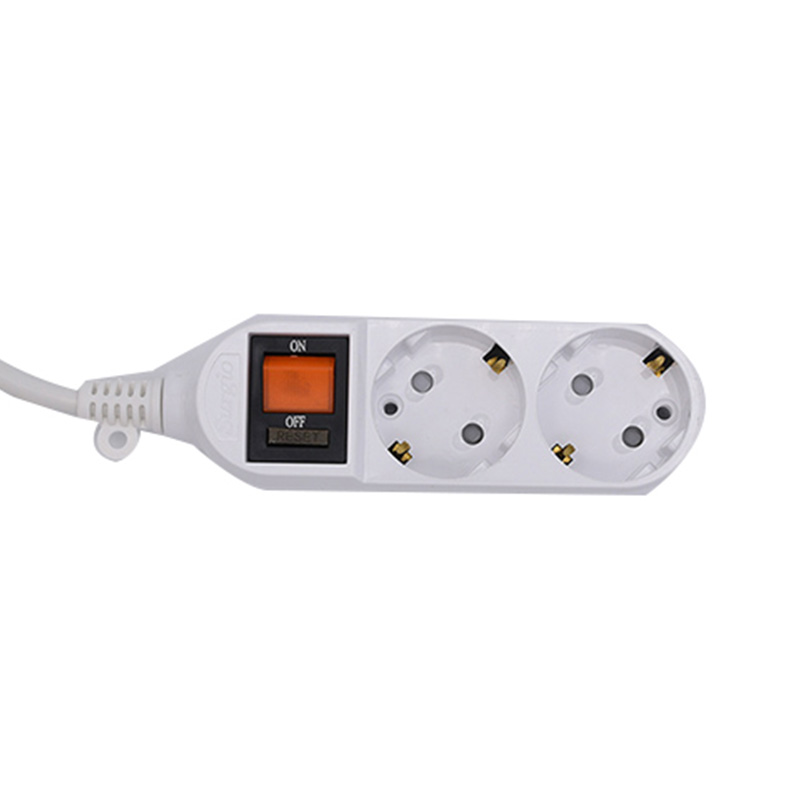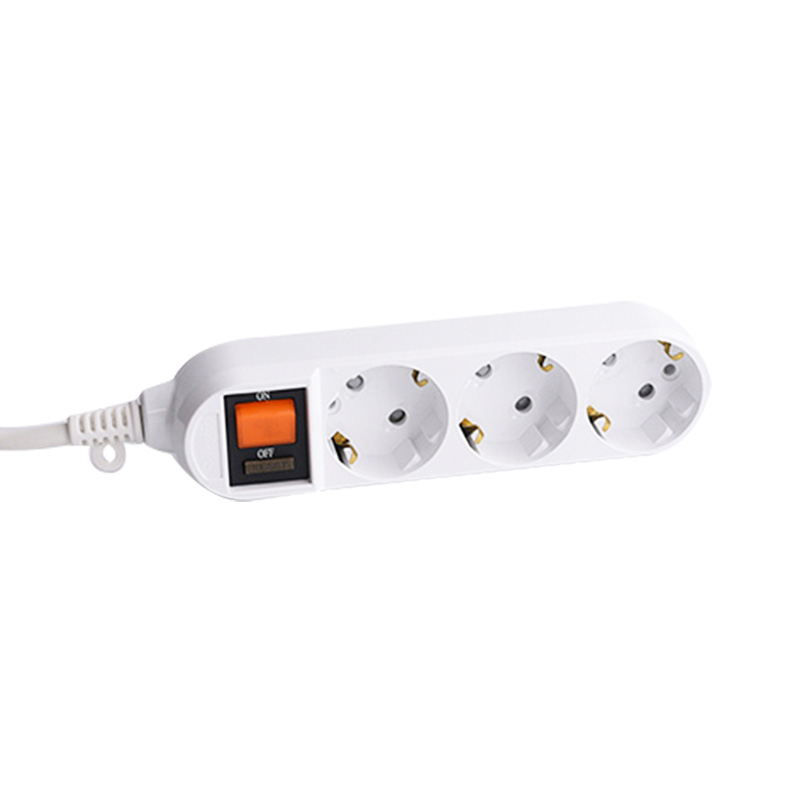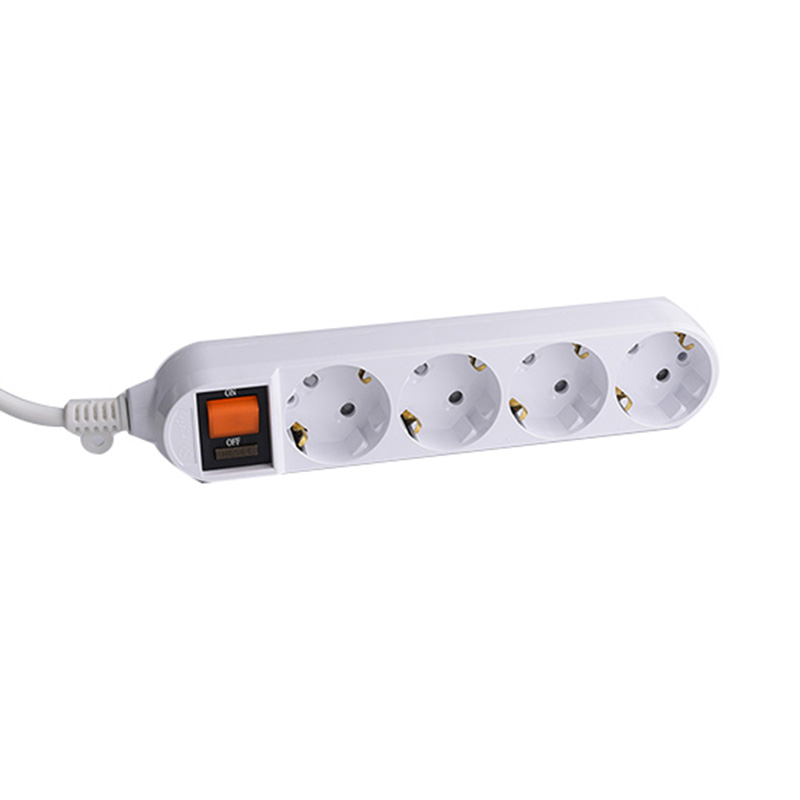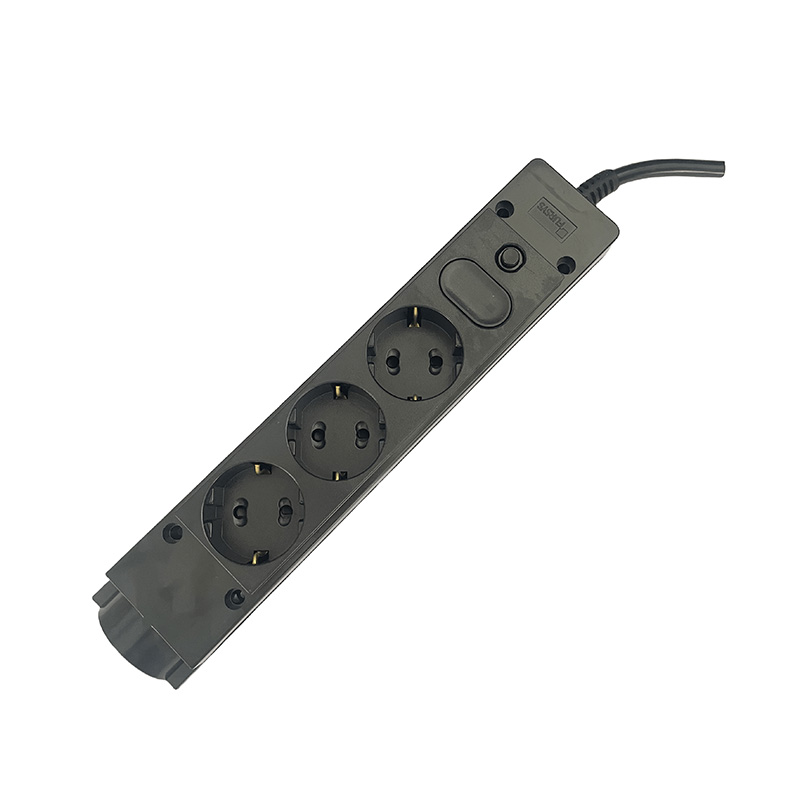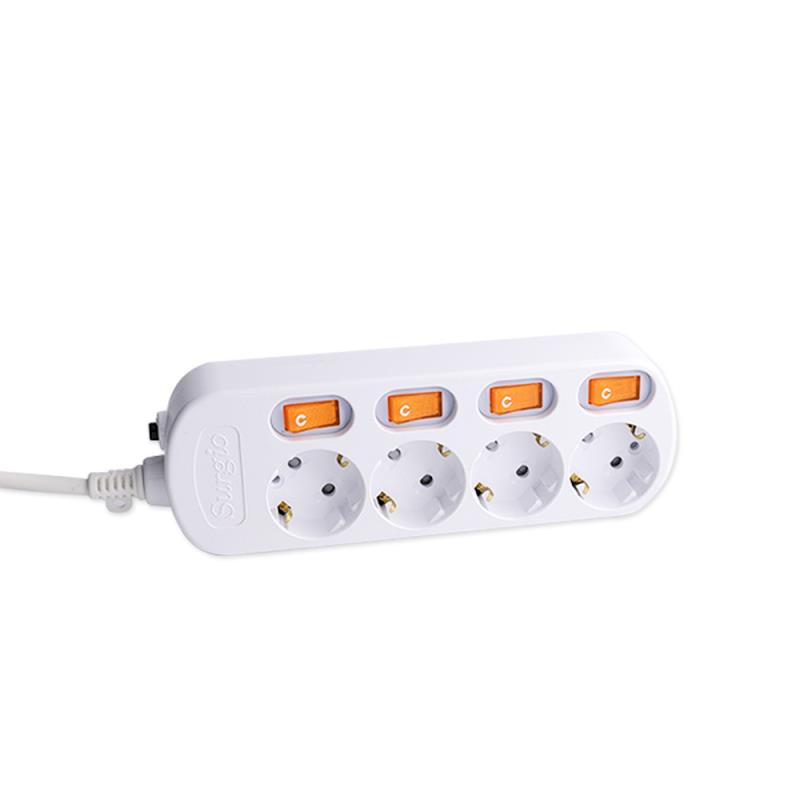Submit feedback
What Cannot be plugged into power strip?
 2025.06.12
2025.06.12
 Industry News
Industry News
Power strips are commonly used in homes, offices, and other environments to provide additional electrical outlets for multiple devices. However, not all appliances or electronics should be plugged into a power strip due to safety concerns, electrical load limitations, and the potential risk of fire or damage. Understanding what should not be plugged into a power strip is crucial for preventing overloads, electrical fires, and appliance damage.
1. High-Power Appliances
Some appliances consume large amounts of electricity and can easily overload a standard power strip. These include:
Space heaters
Microwaves
Toasters
Coffee makers
Clothes irons
Air conditioners
Refrigerators
Washing machines
These appliances typically draw more current than a power strip is designed to handle. Most power strips have a maximum capacity of around 12 amps or 1440 watts at 120 volts. High-power devices often exceed this limit, causing the strip to overheat and potentially start a fire.
Tip: Always plug high-power appliances directly into wall outlets.
2. Appliances with Motors or Compressors
Devices that use motors or compressors can cause sudden surges in power demand when they start up. This surge can overwhelm a power strip's circuitry and wiring. Examples include:
Vacuum cleaners
Blenders
Hair dryers
Sump pumps
Fans
Window air conditioners
Even if these appliances don’t constantly draw high power, their startup "inrush" current can be several times higher than normal, leading to overheating or tripping circuit breakers.
3. Computers and Sensitive Electronics (Without Surge Protection)
While it’s common to plug computers, monitors, printers, and networking equipment into power strips, doing so without proper surge protection can be risky. Standard power strips do not protect against voltage spikes caused by lightning or power fluctuations.
Desktop computers
Laptops (via chargers)
Monitors
Routers and modems
Recommendation: Use a surge protector power strip for sensitive electronics. Avoid plugging them into basic extension cords or cheap power strips without surge protection features.
4. Medical Equipment
Life-supporting or critical medical devices such as oxygen concentrators, CPAP machines, or dialysis machines should never be connected to a power strip unless specifically approved by a healthcare provider or manufacturer.
Important: These devices require stable, uninterrupted power and should always be plugged directly into a grounded wall outlet. Some models may even come with warnings about using third-party power accessories.
5. Multiple Power Strips Daisy-Chained Together
Daisy-chaining—connecting one power strip to another—is extremely dangerous and violates most electrical safety codes. This practice multiplies the number of devices drawing power from a single wall outlet, increasing the risk of overloading the circuit.
Alternative Solution: If more outlets are needed, consider having additional outlets installed by a licensed electrician.
6. Old, Damaged, or Low-Quality Power Strips
Using outdated or low-quality power strips can be hazardous, especially when powering any device. Signs of a faulty strip include:
Overheating
Cracked or frayed casing
Loose outlets
Buzzing sounds
Flickering lights on connected devices
If you notice any of these signs, stop using the strip immediately and replace it with a UL-certified model.
7. Extension Cords Used as Permanent Solutions
Although not technically power strips, extension cords are often misused in the same way. They are meant for temporary use only and should not serve as permanent replacements for fixed outlets.
Safety Rule: Never plug an extension cord into a power strip, and avoid using extension cords for long-term setups.
Final Thoughts
While power strips are incredibly useful for managing multiple electronic devices, they are not suitable for every type of appliance. To stay safe:
Always check the wattage rating of your power strip.
Avoid mixing high-draw appliances with other electronics on the same strip.
Choose models with built-in surge protection for sensitive devices.
Consult an electrician if you find yourself needing more outlets regularly.
By understanding what not to plug into a power strip , you can prevent electrical hazards and ensure the longevity of both your devices and your home’s electrical system.
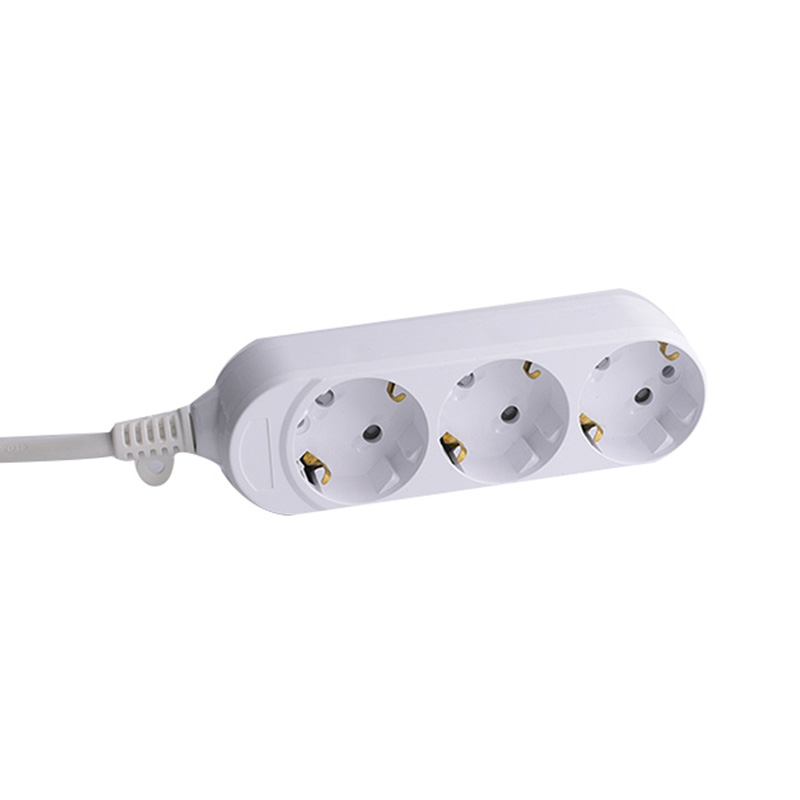
 TOP
TOP
 ENG
ENG
 English
English русский
русский 한국어
한국어 Deutsch
Deutsch

